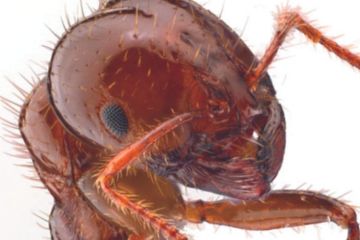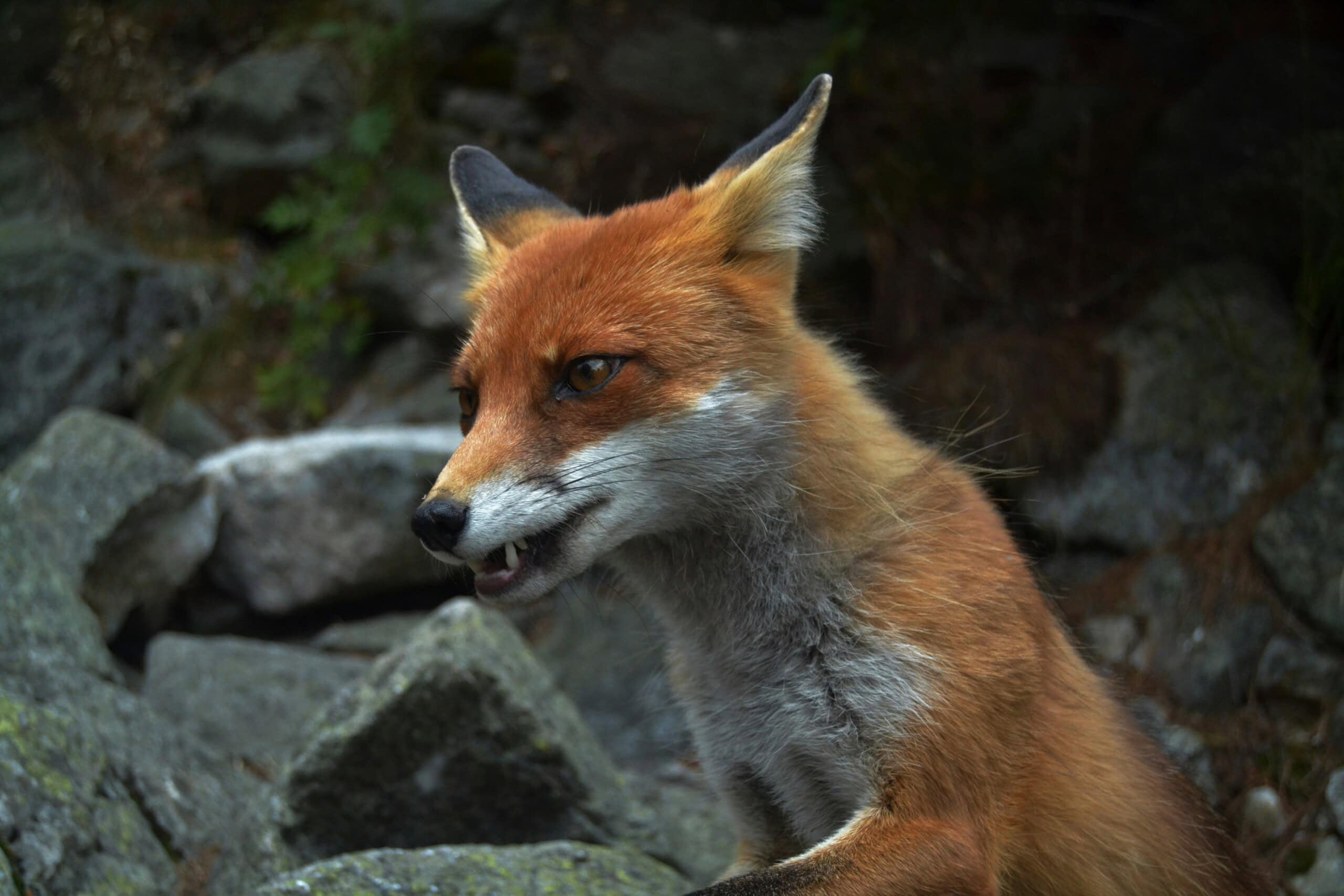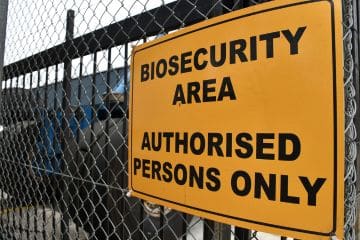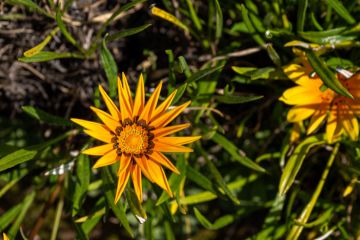
NSW National Parks sets the gold standard with new strategies for invasive species control – while state forests remain unmanaged and exposed
The Invasive Species Council has today welcomed the release of the NSW National Parks and Wildlife Service’s new 10-year invasive species strategy.




















